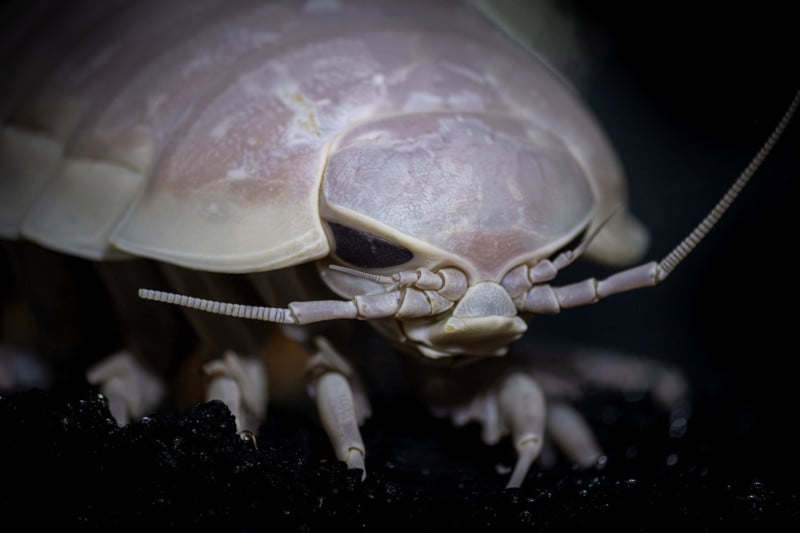January 28, 2022

Houthi supporters take to the streets of the Yemeni capital Sanaa, during a demonstration following a reported air attack by the Saudi-led coalition on a prison in the country's rebel-held north, on 21 January 2022. [MOHAMMED HUWAIS/AFP via Getty Images]
Omar Ahmed
January 28, 2022

After several years in being at the forefront of Western mainstream media's coverage of the war on Yemen, describing it as being between the Saudi-led coalition and the "Iranian-backed Houthi rebels", the news agency Reuters appears to have stopped using this phrase, and even ceased referring to the Houthis as "rebels" altogether.
With the exception of some image captions, the last time the news agency used the phrase in a body of text was as recent as a month ago, with subsequent articles now referring to the group as the Iran-aligned "Houthi movement"(formally the Ansar Allah). Though they have on occasion previously referred to the group as such, throughout the course of the seven-year war the dominant narrative has been that of troublesome "rebels". Reuters, of course, is not alone in this regard as a plethora of news sites and agencies continue with this slant, including the Associated Press. Leading news services such as Reuters influence other news organisations and therefore how we perceive events, in effect acting as "wholesale news providers".
While this slight editorial amendment may not seem like that much of a big deal, for those of us who have been monitoring the developments of the conflict over the years, including its coverage in the media, this is quite a significant step forward in how members of the international community perceive and understand the war in Yemen. Crucially, this also could be a nod towards the eventual recognition of the Houthi-led National Salvation Government (NSG), which has been the de facto revolutionary government for most of the densely populated north of the country since it was established in 2016.
The shift away from the framing of the Ansar Allah movement as a rag-tag bunch of rebels is important, because contrary to what has often been stated, the conflict wasn't sparked by the mere seizing of the capital Sanaa by Houthi militiamen alone in 2014. They had the support of most of Yemen's armed forces – once long-time former foes following six round of wars since 2004 when the Houthis were indeed a rebel faction. Many of these armed forces were loyalists to the late President Ali Abdullah Saleh and have remained in this alliance despite Saleh's demise at the hands of Houthis over attempts to return to the Saudi fold.
OPINION: Why Yemen's was the only real revolution, post-Arab Spring
This event, the fall of Sanaa, is referred locally and popularly at least in the north, as the September 21 Revolution and itself was ignited by the failures of the so-called Gulf Initiative whereby President Abd Rabbuh Mansur Hadi was to serve as an interim leader for two years (which was extended to the present after he won an uncontested election), and the fateful decision by Hadi to cut fuel subsidies, which the Houthis and other oppositionists united against in mass protests.
This was actually the region's sole genuine "revolution" in so far as post-Arab Spring political upheavals are concerned, despite being incomplete and not supported in the south, which has its own complex history and political aspirations. The potent mix of military support and alliances with the majority faction of political elites of the old order belonging to Saleh's former ruling General People's Congress (GPC) party has helped explain and maintain the Houthis' hold on power over the capital and elsewhere in the north, with most of the media attention focused on an exaggerated role of Iran, which recognises and supports the NSG authorities.
However the fact that Yemeni armed forces are fighting against the Saudi-led coalition and its disparate mercenary and militia forces on the ground is more often than not overlooked or omitted from reports by press agencies who tend to simplify the conflict as being one between the Saudi-led coalition – which was called upon by the Saudi-based, exiled President Hadi – against an Iranian-backed rebel group. While it could be that the average consumer of these reports are not looking for in-depth, political analysis, which of course can be found elsewhere, it certainly doesn't help in our comprehension of who is who, and therefore obscures the political reality and helps prolong the conflict.
The obfuscation caused by painting the joint military and Houthi "popular committees" forces as mere "Houthi rebels" in the mainstream media is an issue I have raised and have written about on several occasions since writing for MEMO and it is promising to finally see this being corrected.
What really caught my attention recently on this change, was a Reuters explainer piece on the war in Yemen, which has also been republished on the MEMO site. It states: "In late 2014, the Houthis seized Sana'a with help from pro-Saleh army units, initially forcing Hadi to share power, then arresting him in early 2015", which as far as I'm aware is the perhaps the closest the agency has come to acknowledging the Yemeni military's role in the revolution.
It has only been a month since Reuters has dropped the "Houthi rebels" trope and is still early days, but there is a chance that discontinuing this unhelpful and inaccurate narrative will be replicated in other news sites and international organisations. The recent retaliatory attacks against coalition partner the UAE – an important global hub, by Yemen's Houthi-aligned armed forces, has brought the world's attention back onto the movement and their increasingly sophisticated military capabilities. They are clearly being taken more seriously, with further warnings that the Dubai Expo could be targeted if the Emiratis continue their war efforts against Yemen, which includes occupying Socotra and backing the separatist Southern Transitional Council (STC). Strategically and a major escalation for the Houthis, the UAE is also supporting the formidable Giants Brigade forces who have been undermining the Houthi advance onto Marib city, the last pro-Hadi stronghold in the north.
This all contributes to the renewed interest in the Houthis, who they are and where they stand in this war. As the NSG wields the most power and authority in the country, and most of the armed forces are fighting with the Houthis against foreign aggressors amid continued war crimes and a humanitarian crisis, it becomes more imperative than ever for the world to be more informed and at least get a better idea of the conflict. Moving on from the idea that this is a war against a group of rebels is a start in the right direction, albeit long overdue.
OPINION: Are the UAE's chickens coming home to roost in its ongoing war against Yemen?
The views expressed in this article belong to the author and do not necessarily reflect the editorial policy of Middle East Monitor.
















